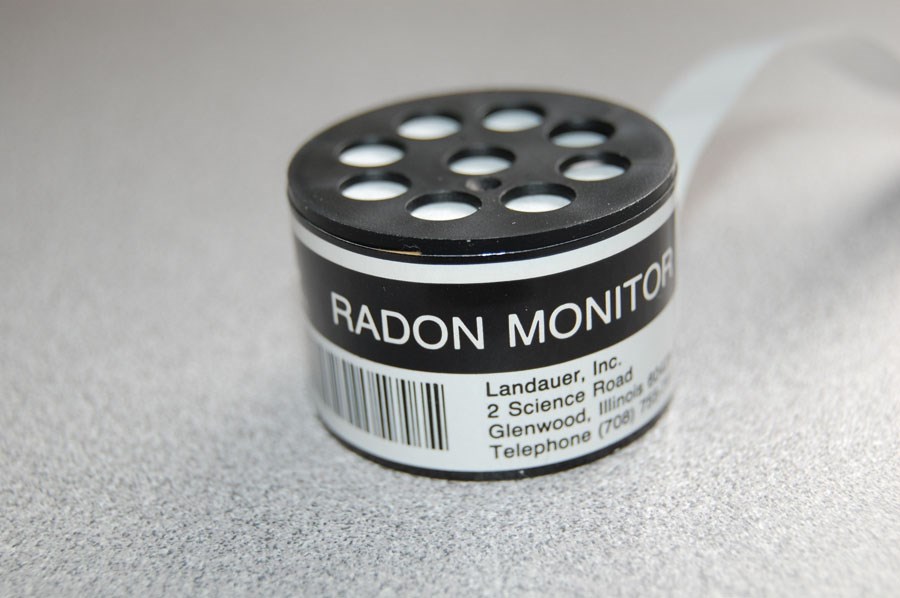The B.C. Building Code will include new standards for reducing radon gas in homes as a result of a pilot project that was conducted partly in Prince George.
Eight homes in this city, along with eight homes in Castlegar were used in the project conducted by the B.C. Lung Association earlier this year.
It found that current BC Building Code requirements for a capped radon pipe inside a building may be costly and not as effective as other approaches.
For new houses, the revised provision requires a radon vent pipe to vent directly to the outside in known high radon areas, such as Prince George.
"Extending the radon vent pipe to the exterior of the building enables soil gases below the slab to escape through the pipe to the outdoors," the Ministry Responsible for Housing said in an e-mail.
"Reducing the pressure of soil gases in the space below the slab is a proven method of reducing the levels of radon inside the building."
Some other changes are in store when the new B.C. Building Code takes effect on Dec. 19:
- The 2012 National Building Code for energy efficiency in housing and small buildings will be adopted.
It will set minimum standards for insulation performance, heating and cooling systems, hot water tanks and the performance of doors, windows and skylights.
"The new requirements broaden energy-efficiency standards to include the entire building, not just the insulation in the walls," the Ministry said in a press release.
- The Code will also include provisions to ensure adequate ventilation to improve air flow in homes and "reduce the likelihood of mould and mildew in new construction."
- The new code clarifies that buildings containing child-care facilities may be classified as assembly occupancy (A-2).
This means that child-care facilities can occupy small wood-frame buildings, provided certain fire safety requirements are met.
"The change allows for more building options for child-care providers, while maintaining a high level of safety," the Ministry said.
The total cost of these new energy efficiency, ventilation and radon requirements is estimated at between $3,350-$4,753, depending on the design, size and location of the house while the improvements should result in energy savings of $68 to $197.
Prince George Home Builders Association president Rod Croome said the the revisions are not "particularly onerous."
"They did back off on a lot of the items that over the last couple of years that they've been talking about," Croome said.
He is expecting further increases to the insulation requirement during the next round of revisions in the name of further energy efficiency.
"That's kind of the direction the province has called for," Croome said.



